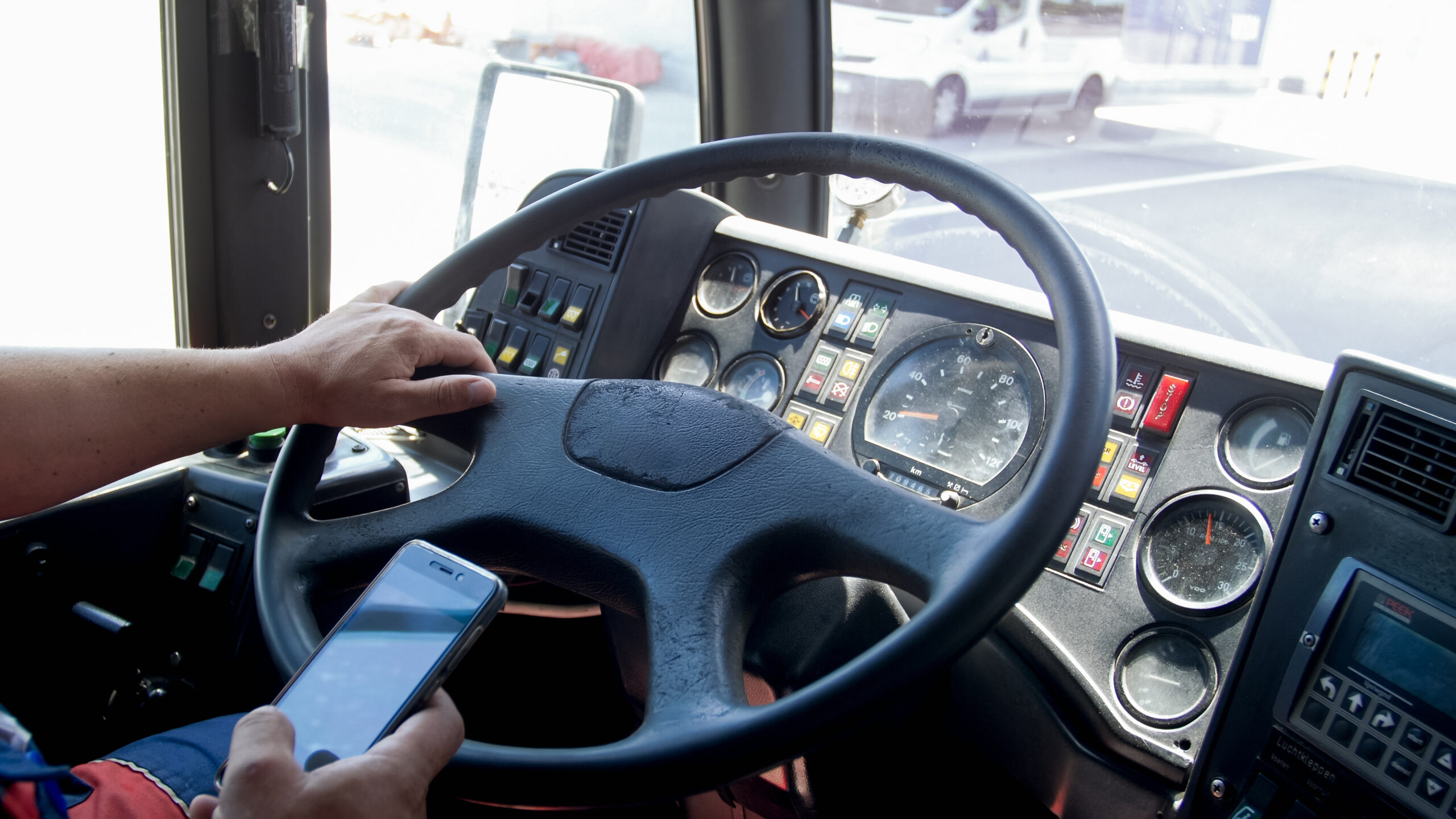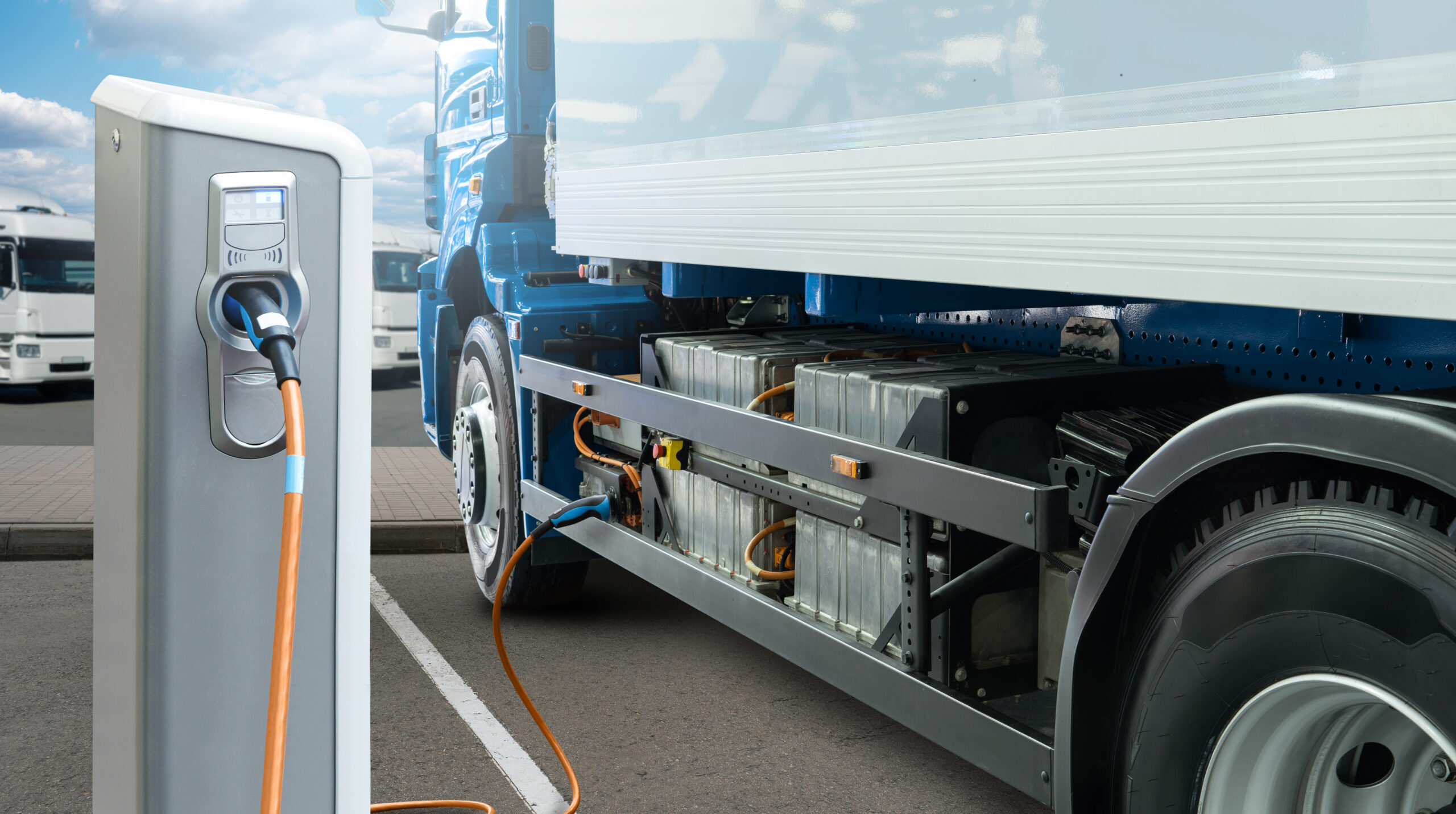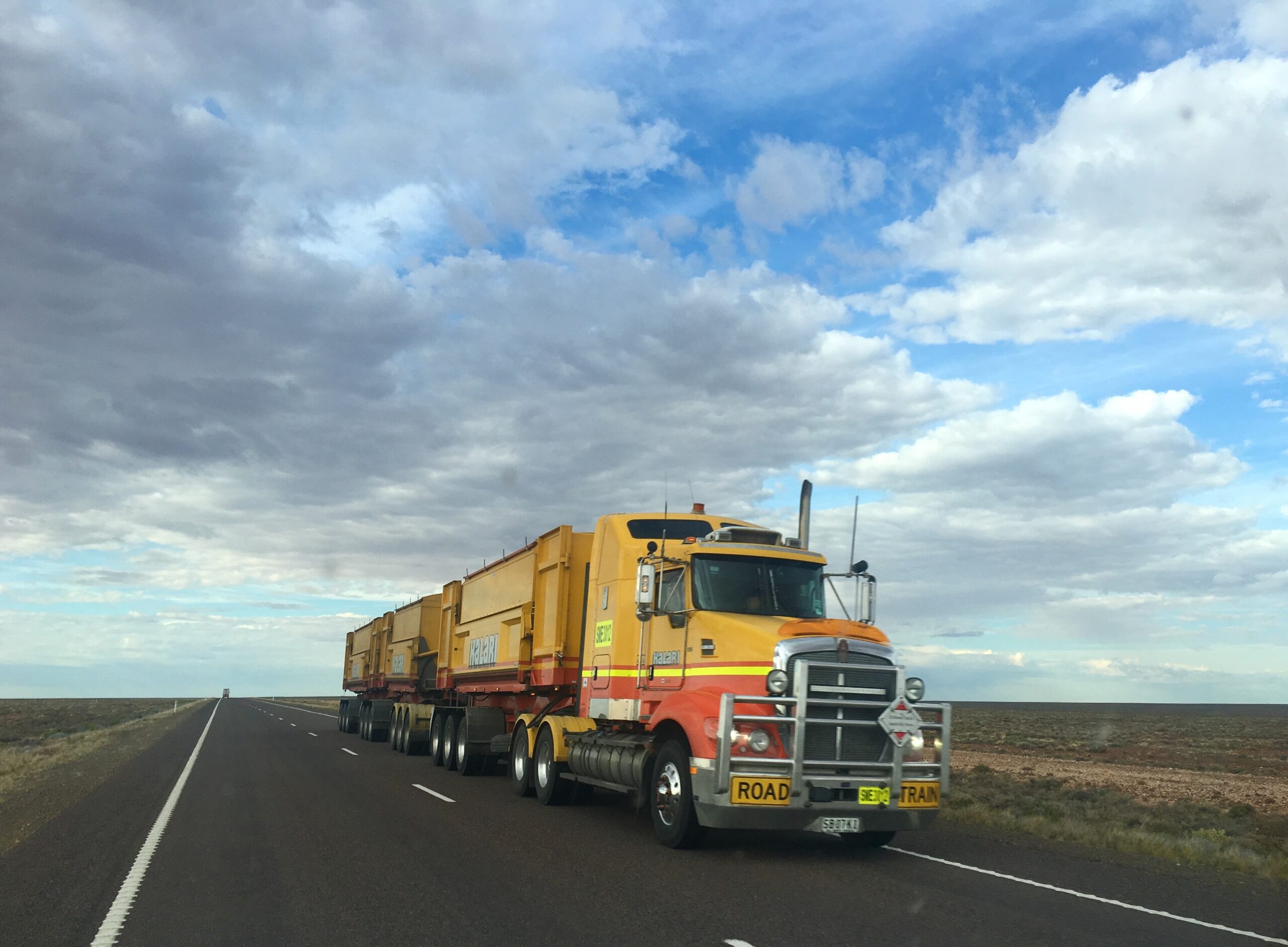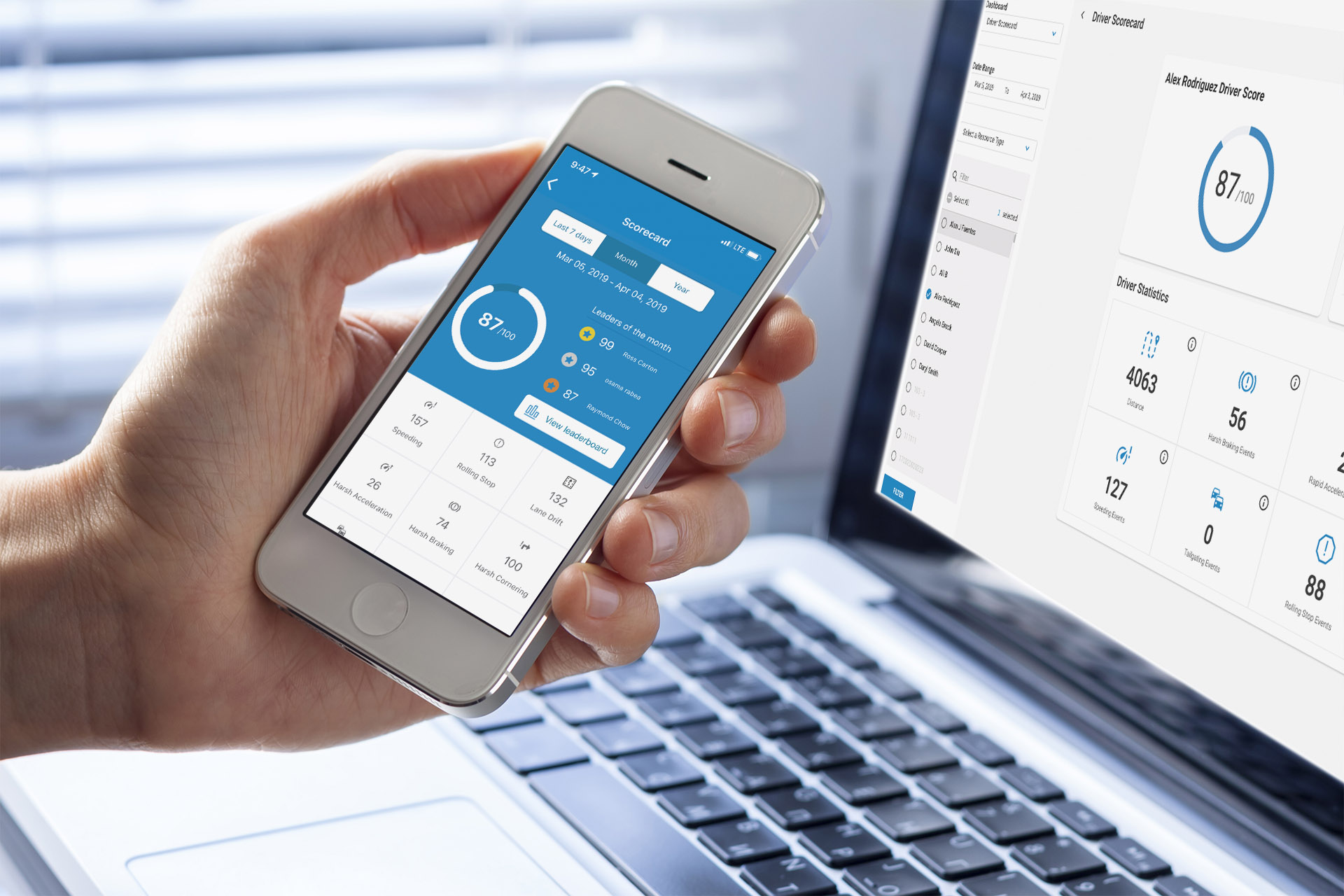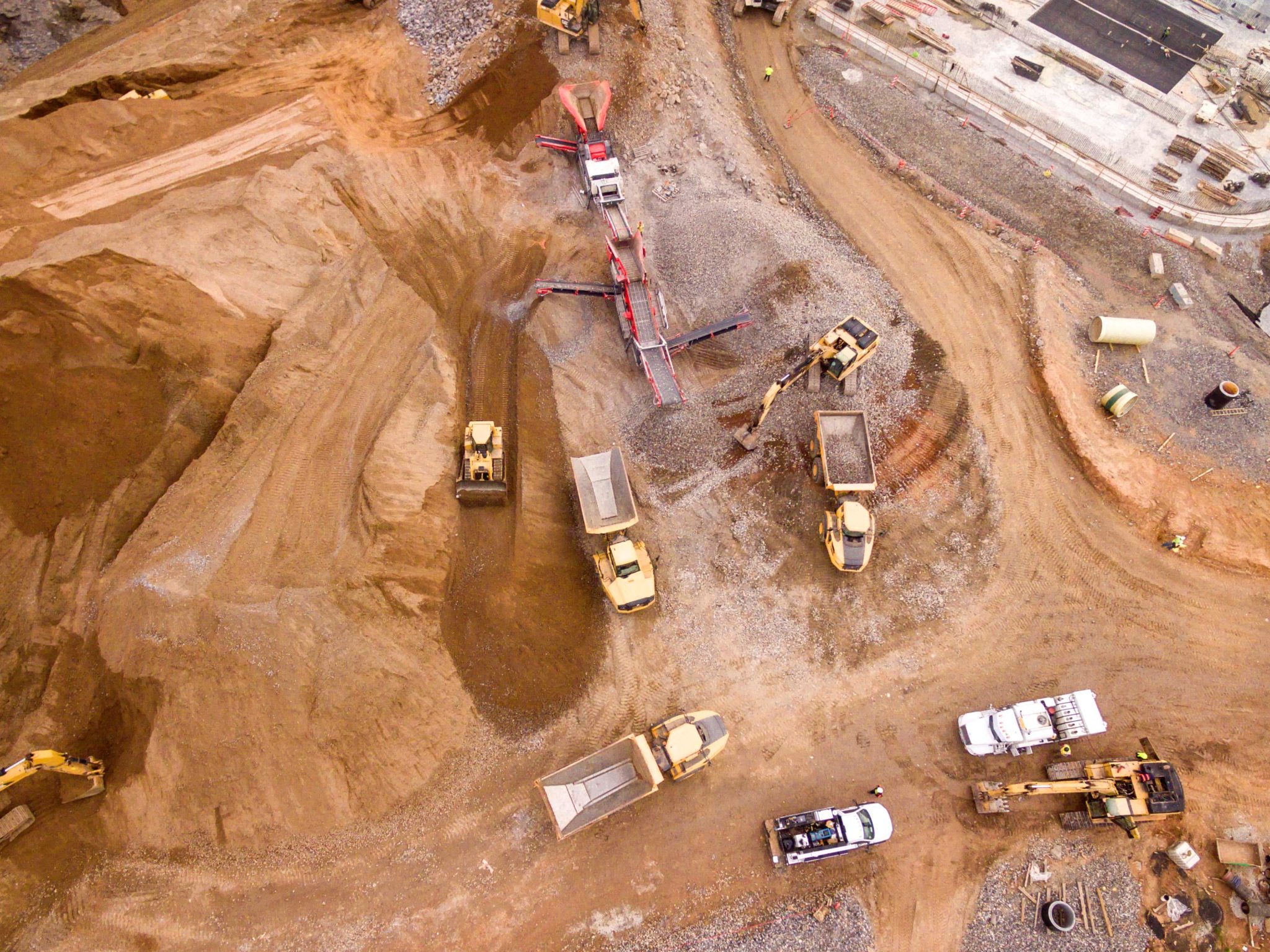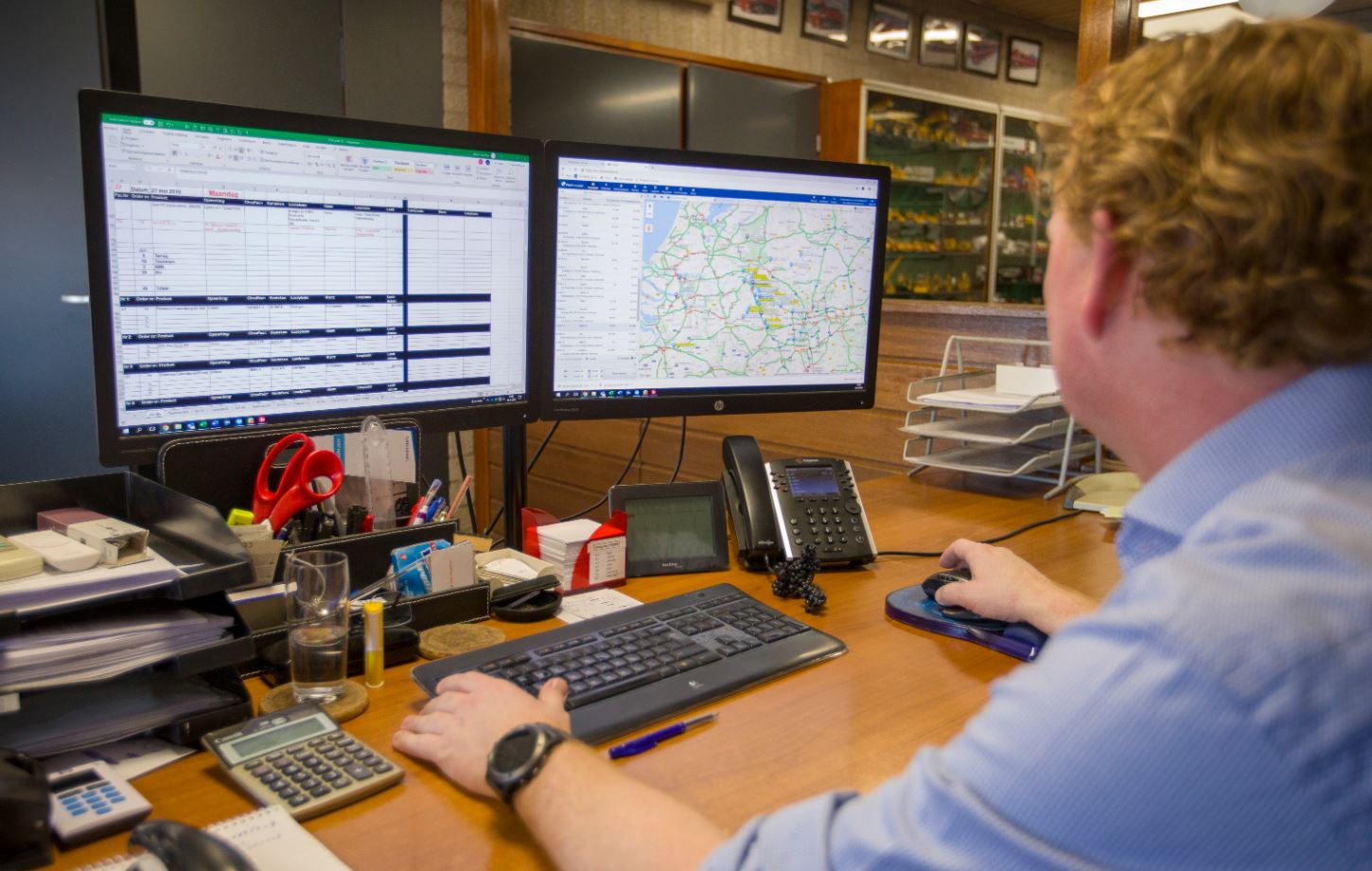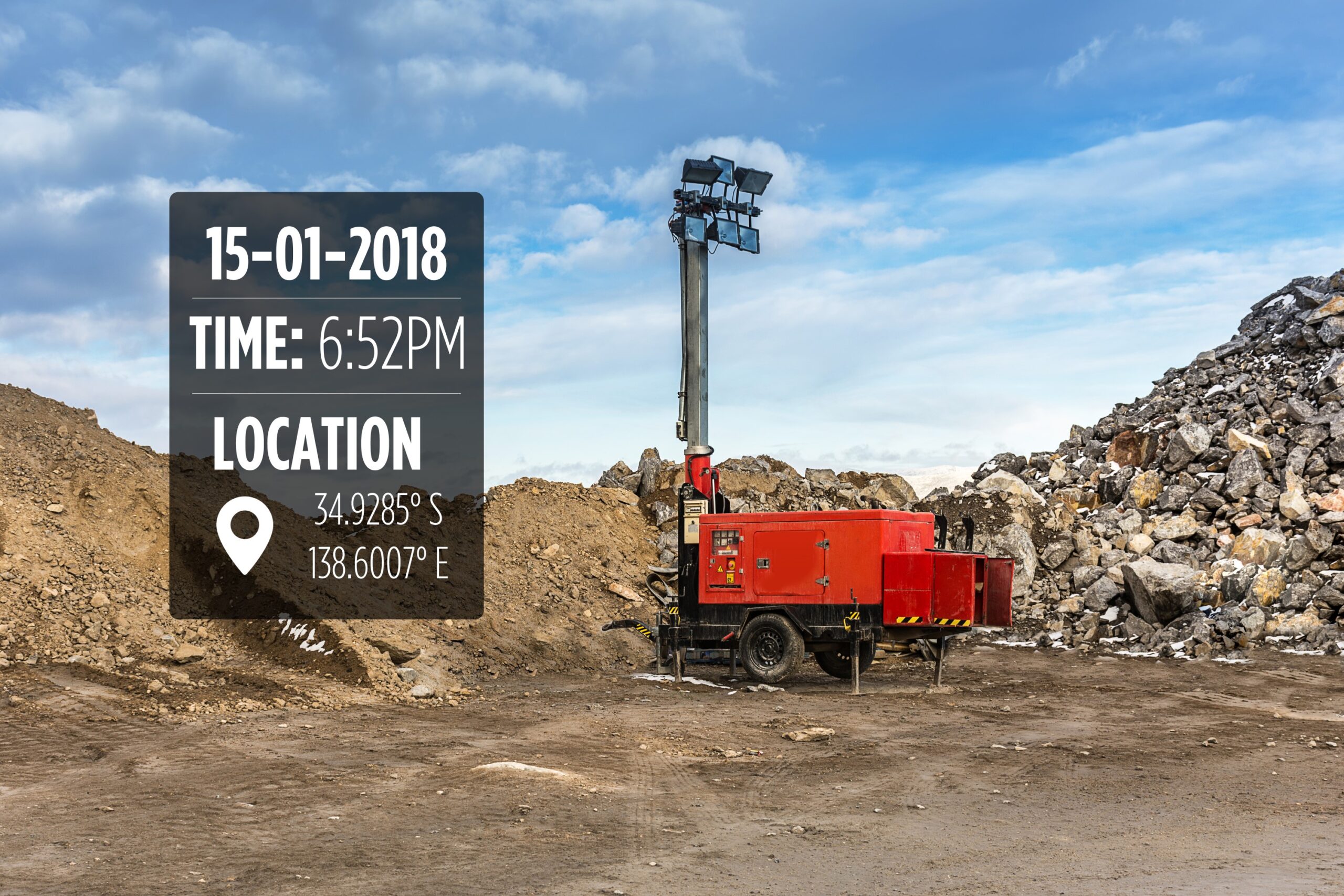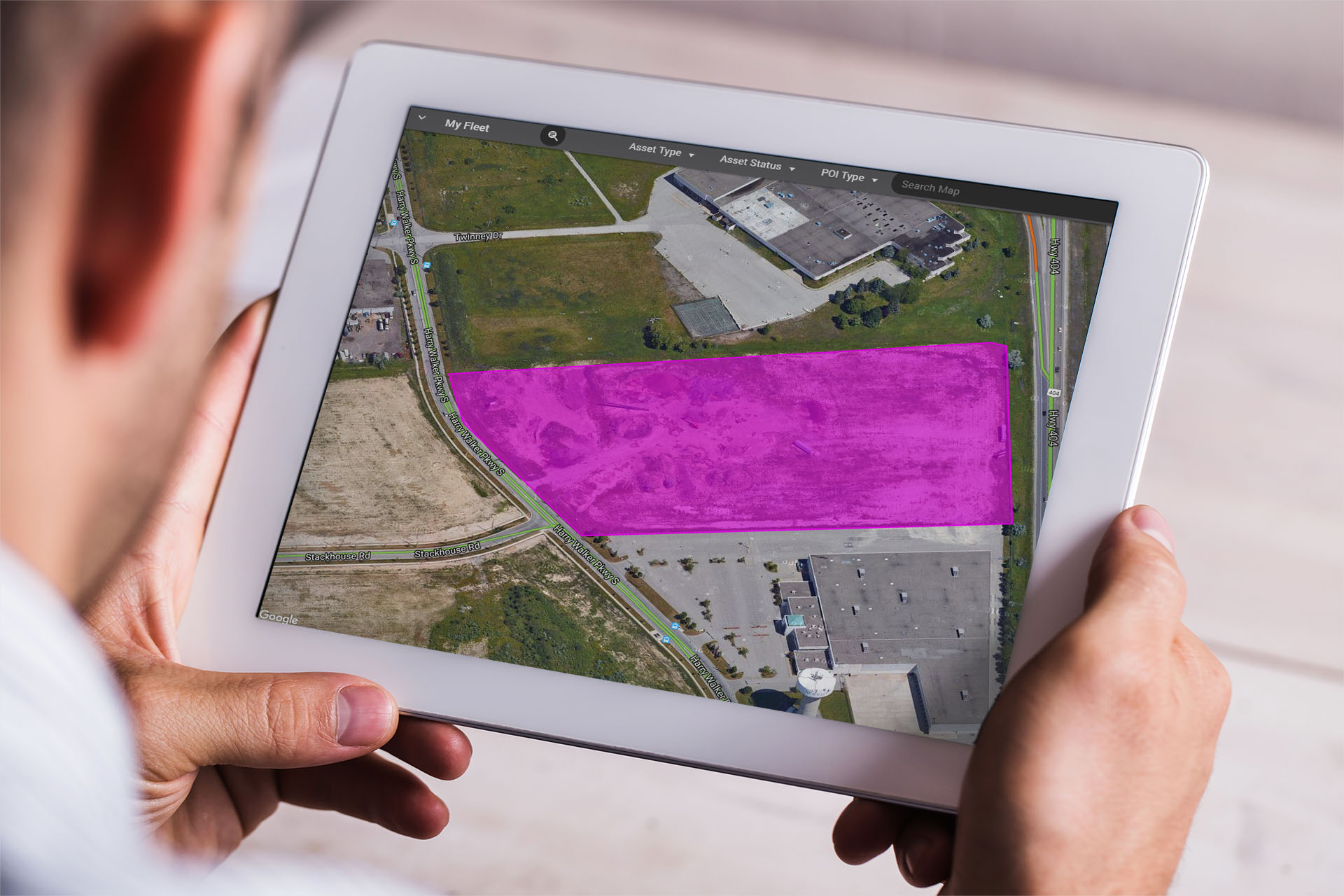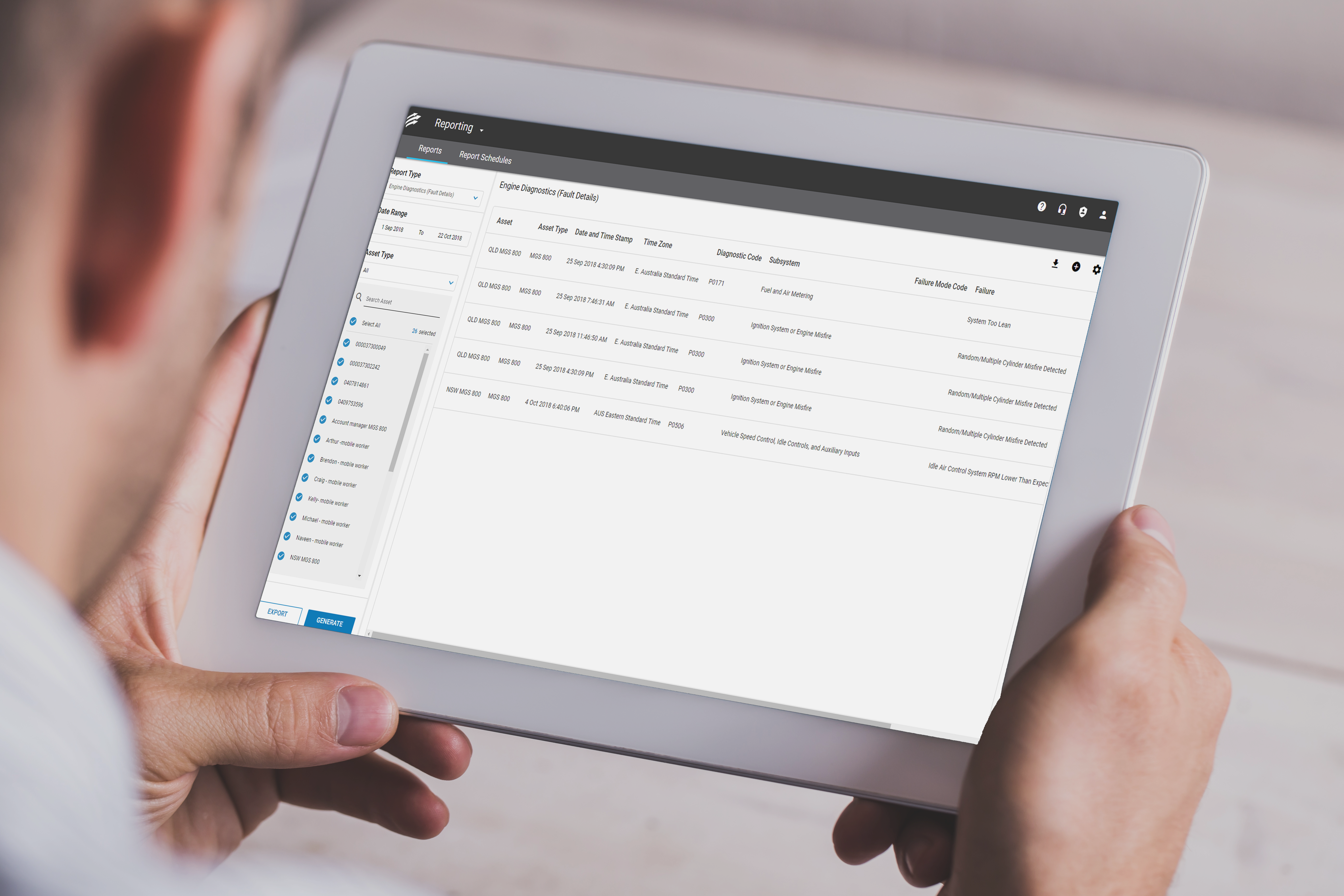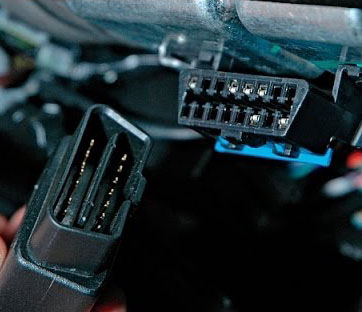Implementing a fleet telematics solution is something that is likely on many managers’ to-do list. They know the benefits, they know the incredible ROI, and yet it still manages to slip down the list of immediate priorities. 
One of the main perceived barriers to implementing fleet telematics is the rollout process. With such a dramatic overhaul of your fleet, surely there will be some bumps along the way—translating to vehicles off the road and a hit to this year’s income, right? Perhaps you’re worried that there are things you’ve missed, and you’ll suffer teething issue after teething issue before you see the benefits you were promised.
The good news is that this needn’t be the case, no matter the size of your fleet.
Here are some key factors to consider to help ensure a smooth rollout of your fleet telematics solution.
- Professional Installation
Taking advantage of the provider’s professional installation and certified technicians will get your fleet on the road in no time. For example, Fleet Complete technicians are specially trained on installing and troubleshooting the hardware in the quickest way, which allows them to equip customer vehicles with GPS units in as little as 30 minutes. Training your own technicians on installing, troubleshooting and supporting the solution takes time and a considerable financial investment, especially in case of a turnover or an off-site travel. So skip the hassle and save your money.
- Tax
Have you thought about how you can use the data gathered for tax purposes? There are a few important things to note.
As you know, fringe benefits tax (FBT) regulations are strict, and the more proof you can show, the better. Opt for a fleet management system that has a log book feature. Secondly, you’ll want to make sure your system collects relevant fuel data so that you can claim fuel tax credits (FTC) as needed. In both of these instances, a Class Ruling confirming compliance from the Australian Taxation Office (ATO) is ideal.
- Legal
Failing to inform your employees of the new system, including that their behaviours and locations can be monitored and tracked, would be a big and costly mistake. They have rights under Workplace Surveillance Laws, and failure to comply could cost you $55,000 per instance. Be sure to get trusted legal advice early on in the piece.
- Unions
It is in your best interest to communicate to everyone, including Unions, why you are taking this step. Safety is a top priority, and currently, 46% of workplace accidents involve a vehicle. This technology ultimately protects the lives of your employees and of all road users.
Some careful scoping and planning at this early stage can go a long way towards ensuring your business is matched with its ideal fleet management solution.






























